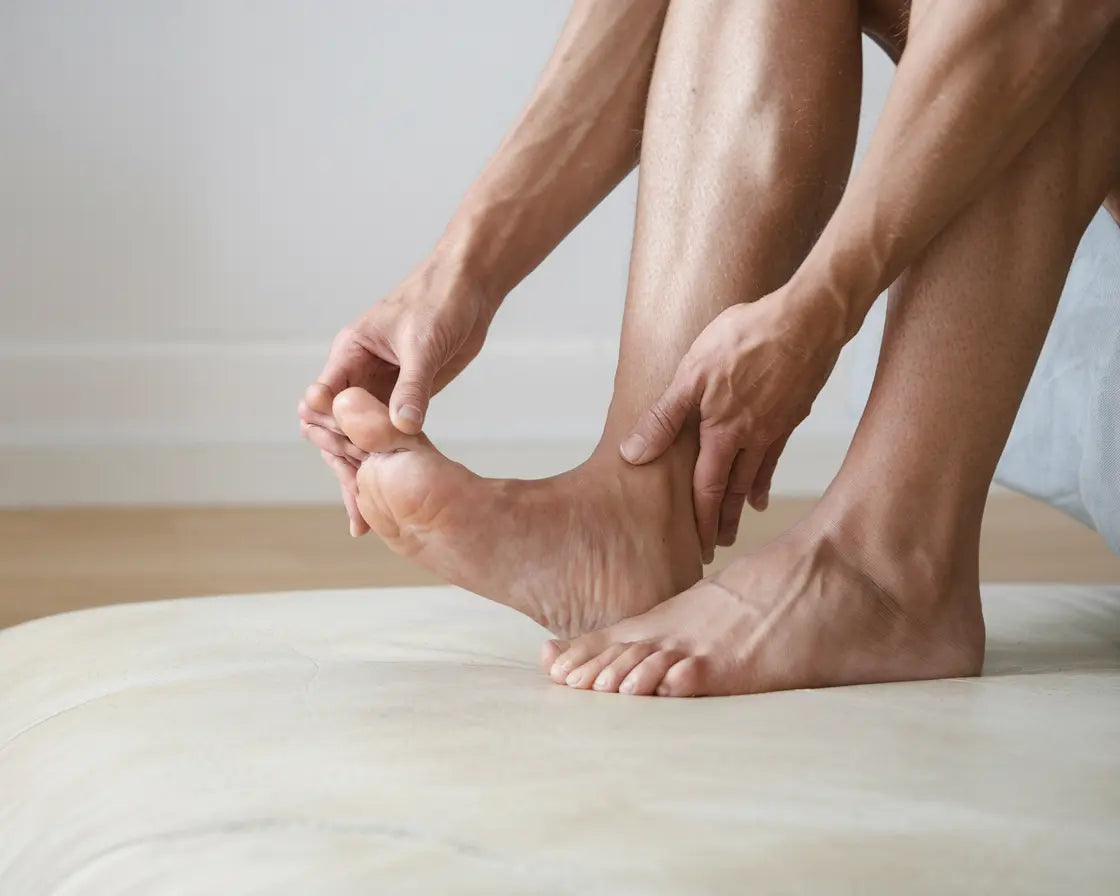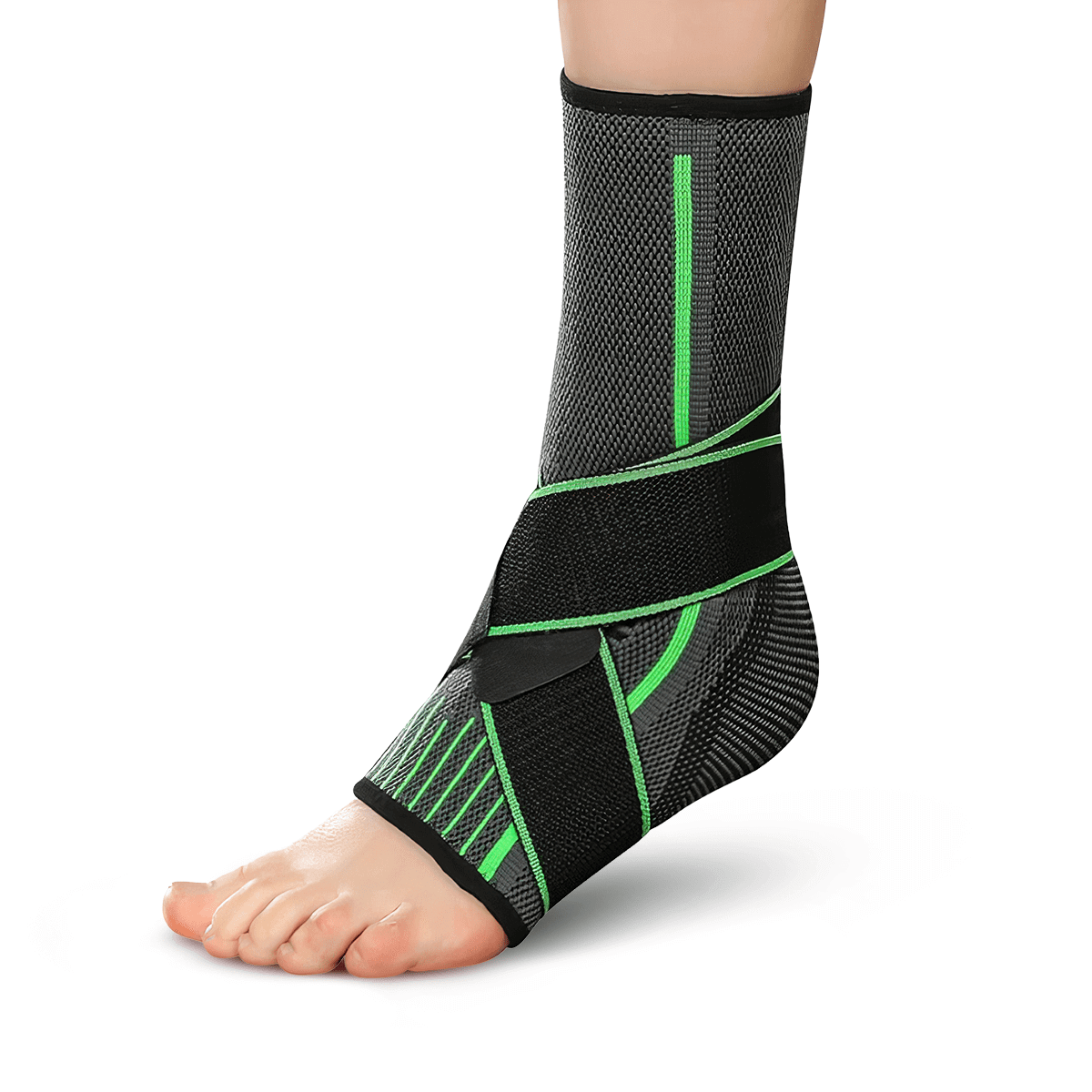Drop Foot: Symptoms, Causes, and Treatment

Foot drop is a condition in which it is difficult to lift the foot and toes, affecting walking and balance. It can be caused by stroke, nerve damage, or other neurological problems. This overview summarizes symptoms, causes, and treatment options such as physical therapy, medication, and assistive devices (e.g., foot drop splints and AFOs), as well as when surgery may be necessary to improve quality of life.
What is drop foot?
What is foot drop? Foot drop is medically defined as a muscle weakness or paralysis that affects the muscles that lift the foot (dorsiflexors). When these muscles do not function normally, the patient is unable to lift the front of the foot, resulting in the foot "dropping" downward. This condition is also called foot drop or peroneal palsy when caused by damage to the peroneal nerve.
Foot drop can affect one or both feet and ranges in severity from mild weakness to a complete inability to lift the foot. The condition can be temporary or permanent depending on the underlying cause.
Foot drop symptoms: Signs to watch out for
The most common foot drop symptoms include:
- Difficulty lifting the foot and toes up towards the shin
- A characteristic walking pattern where the foot drags on the ground
- Insecurity and an increased risk of falling
- Foot drop is a condition that can cause an imbalance in the muscles around the foot and ankle.
- In some cases, pain occurs when straining or walking longer distances.
It is important to be aware of these signs and to seek prompt referral to specialist care for a full evaluation. If you are experiencing tingling in your hands or feet, it may be related to another problem, such as tingling in the hands and feet .
Treatment of Drop Foot
The treatment of foot drop includes several different interventions:
- Physiotherapy: Regular exercises and training with a physiotherapist help strengthen muscles and improve mobility.
- Medical treatment: In some cases, medication may be prescribed to relieve pain and facilitate muscle recovery.
- Individually adapted rehabilitation programs, where aids such as AFO and drop foot splints also play an important role.
- Treatment of foot drop in patients also involves evaluating the need for a referral to specialist care to ensure the correct diagnosis is made.
Treatment of foot drop in patients also involves evaluating the need for referral to specialist care to ensure the correct diagnosis is made. Through a combination of these methods, patients can regain better function in the foot and improve their quality of life. To support rehabilitation, assistive devices such as foot drop splints can be very helpful.

Aids for Dropfoot
These aids help stabilize the foot, which improves walking ability and reduces the risk of falls. If necessary, medication can also be prescribed to relieve pain and facilitate rehabilitation. In some cases, a drop foot operation may also be necessary, and it is then important to have careful follow-up after the operation – a situation sometimes referred to as post-operative drop foot.
How ankle bandages can help with foot drop
Ankle bandages from Komforten can be a valuable aid for foot drop by:
- Provide support and stability to the ankle
- Reduce the risk of further damage
- Improve walking ability and balance
- Offering customizable compression for optimal comfort
Conclusion
Foot drop is a complex condition that affects the ability to lift the foot and maintain normal gait. Causes range from peroneal palsy and stroke to other neurological injuries. With proper treatment, including physical therapy, the use of assistive devices such as foot drop splints and AFOs, and in some cases medication or surgery, affected patients can improve their function and quality of life. It is crucial to seek specialist care via a referral to ensure a correct diagnosis and an individualized care plan.
Frequently Asked Questions (FAQ)
What is drop foot simply explained?
Foot drop is when you cannot lift your foot upwards, which causes the foot to "drop" downwards and drag on the ground when you walk.
What are the most common foot drop symptoms?
The most common symptoms of foot drop are inability to lift the foot, shuffling gait, balance difficulties and increased risk of falling.
Is foot drop surgery always necessary?
No, many patients with foot drop can achieve improved function through conservative treatments such as physiotherapy, medication and assistive devices such as AFOs. Foot drop surgery is considered if other treatments are not sufficient.
Can temporary drop foot become permanent?
Temporary foot drop generally has a good prognosis for recovery within 6-18 months if treated correctly from the start.
Why do you get drop foot - what are the most common causes?
The cause of foot drop is usually due to nerve damage from compression, stroke, diabetes, back problems, or traumatic injuries. The most common risk factors include:
- Nerve compression - from prolonged sitting with crossed legs or pressure against the outside of the knee
- Stroke - damage to the brain that affects motor control
- Diabetes - long-term diabetes can damage the nerves (diabetic neuropathy)
- Back problems - herniated disc or spinal stenosis that presses on nerves
- Trauma - direct damage to the nerve from accidents or surgeries
- Age - people over 50 are at higher risk due to natural nerve degeneration
- Occupational hazards - certain occupations that involve repetitive movements or risky positions

